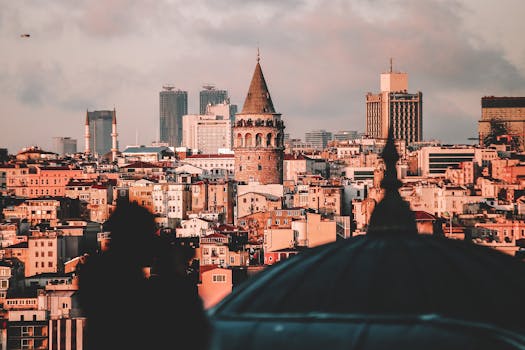
Traveling Through Time: How Europe’s Historical Heritage Shapes Modern Lifestyles in 2025
Focus Keyword: Historical Heritage
Historical Heritage has long been a cornerstone of European identity, with its rich tapestry of cultures, traditions, and architecture. As we journey through the continent, it becomes apparent that the past continues to exert a profound influence on modern lifestyles. In this article, we will delve into the ways in which Europe’s historical heritage shapes contemporary life, from the preservation of ancient traditions to the incorporation of historical elements in modern design.
The Preservation of Ancient Traditions
One of the most significant ways in which historical heritage impacts modern lifestyles is through the preservation of ancient traditions. Many European cities and towns continue to celebrate festivals and customs that have been passed down through generations. For example, the Carnival of Venice in Italy, the Tomatina festival in Spain, and the Oktoberfest in Germany are all testaments to the enduring power of historical heritage.
The Impact of Historical Architecture
Europe’s historical architecture is another significant aspect of its heritage, with many ancient buildings and monuments continuing to play a vital role in modern life. From the Colosseum in Rome to the Eiffel Tower in Paris, these structures not only attract millions of tourists each year but also serve as inspiration for modern designers and architects. The incorporation of historical elements in contemporary design is a testament to the enduring influence of Europe’s architectural heritage.
The Role of Historical Heritage in Modern Design
Historical heritage also plays a significant role in modern design, with many contemporary designers drawing inspiration from ancient styles and techniques. From fashion to furniture, the incorporation of historical elements is a key aspect of modern design. For example, the use of Gothic architecture in modern building design or the incorporation of Art Nouveau elements in contemporary fashion.
Conclusion
In conclusion, Europe’s historical heritage continues to shape modern lifestyles in profound ways. From the preservation of ancient traditions to the incorporation of historical elements in modern design, the past remains an integral part of contemporary life. As we look to the future, it is essential that we continue to appreciate and protect our historical heritage, ensuring that it remains a vibrant and dynamic aspect of modern European culture.





